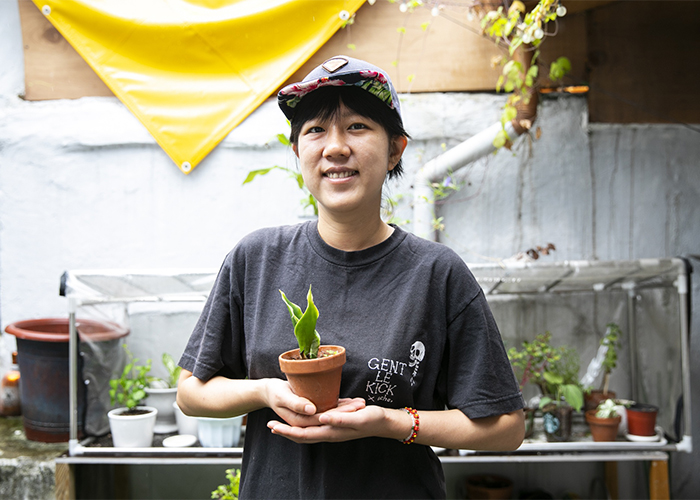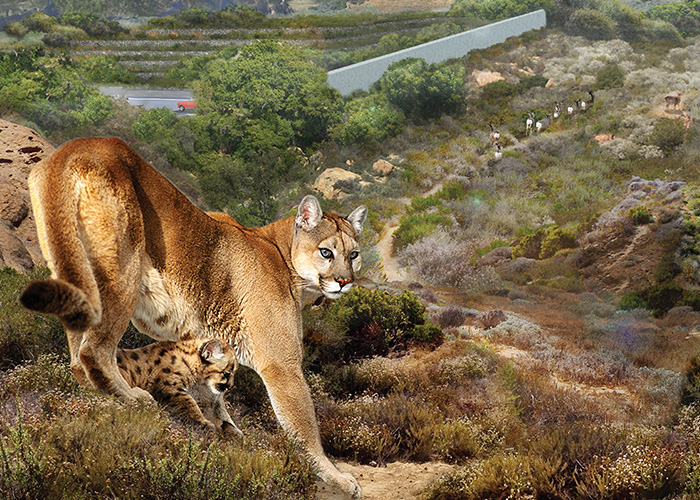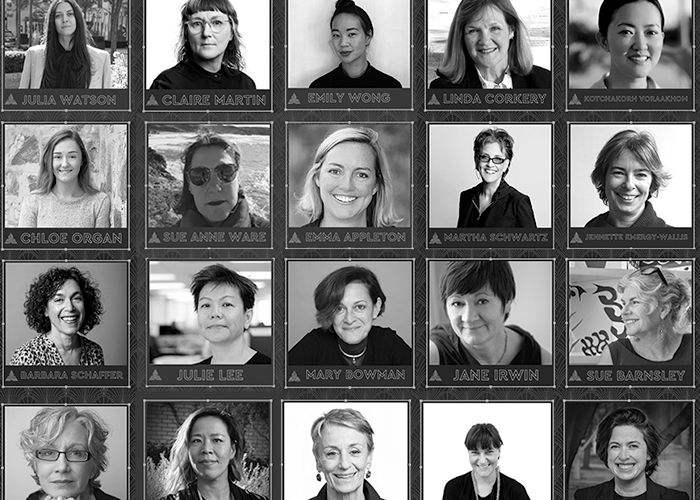In rapidly urbanising Seoul, the next battle is saving green spaces: “Korea is a country that does not value greenery,” professor of landscape architecture at Pusan National University, Hong Suk Hwan, told Bloomberg CityLab. It “only acknowledges the value of property.” Samgmi Cha writes about South Korean local, 34-year-old Baik SooHye inspiring the shift of devaluing green spaces in South Korea to saving these spaces. SooHye’s ‘Plant Kindergarten’ project encourages the protection of hundreds of plants that are often destroyed at construction sites across Seoul. Cha meets SooHye in her outdoor garden in western Seoul with the many plant species that she’s saved from these sites. The rescued plants are ‘adopted’ out to others who are also passionate about green spaces in Korea. SooHye says, “I see ‘Plant Kindergarten’ as my …
streetchat

CityLab
Animal crossing – world’s biggest wildlife bridge comes to California highway: Landscape architects from Living Habitats have designed the world’s largest wildlife bridge, to be constructed over a California highway. The overpass will allow fauna of the Santa Monica mountains to safely cross a dangerous 10-lane stretch, writes Katharine Gammon for The Guardian. Stretching 210ft (64m) long and 165ft (50m) wide across the 101 highway near Los Angeles, the overpass is designed to allow safe passage for lizards, snakes, toads and mountain lions. An acre of local plants on either side and vegetated sound walls hope to dampen light and noise for nocturnal animals as they slip across. The project is funded by around 60% private donations and has been championed by Beth Pratt, a conservation leader with the National …
Rise of the metaverse: ‘Metaverse,’ a term from the 1992 novel Snow Crash, in which people live as avatars in a three dimensional world, has recently hit the zeitgeist referring to virtual worlds in a burgeoning next phase of the internet. Architects, writes Chloe Sun for ArchDaily, could be facing crises in the physical world due to constraints of factors such as structure, and management, that limit the possibility of the discipline. The wake of COVID-19, she says, may further catalyse the rise of the digital alternatives to brick-and-mortar shops, houses and offices. The NFT industry also is rapidly growing, and unique digital creations, Sun says, are not limited to traditional visual art, but include digital architecture and landscape architecture. “Toronto-based artist Krista Kim has sold the first NFT-backed digital …
How our cities work – essential lessons from lockdown: By Matt Wade New research on the demographics of essential workers in Australia’s largest cities casts a stark light on geographic and gender inequalities, writes Matt Wade for the Sydney Morning Herald. Essential workers are employed “across health and social services, education, freight and delivery, transport, police and emergency services, logistics, construction and some retail,” and make up 45% of the workforce in Australian capital cities. They are exposed to greater risk of contracting Covid-19 in their workplaces, and through travelling to work. According to a study by consultancy SGS Economics and Planning, most essential workers in Sydney and Melbourne live in outer metropolitan growth areas where housing is more affordable – these regions also recorded a high share of infections …
Cities for “small men” – gender and urban planning: In The City for “Small men” – mode, median or just plain mean? Claire Martin, landscape architect and Associate Director of OCULUS’ Melbourne studio, outlines gender sensitive thinking concepts and methodologies for urban planning. In the world of medicine, until relatively recently the World Bank reports that “medication doses [were] typically adjusted for patient size with women considered ‘small men’” – Martin writes that “despite women, girls, and sexual and gender diverse people making up over 50% of the world’s population, it seems Western planning, like medicine, has had a similarly blinkered view of men as the locus for the universal model.” “While gender inequality impacts people of all ages and backgrounds looking at the person specifically, not typically, is paramount …
#ChooseToChallenge: landscape architects interviewed for International Women’s Day The Australian Institute of Landscape Architects has published a series of interviews with inspirational female Landscape Architects from around the world to celebrate their leadership in both industry and gender equity. Hear from the likes of Martha Schwartz, Kirsten Bauer, Mary Bowman, and Catherin Bull, to name a few. Find out about their career journey, how they have been supported along the way, and tips on combating gender issues. Go to AILA’s IWD series. The downside of the 15-minute city The 15-minute city concept, in which residents live within a short walk or bike ride of all their daily needs, has been embraced by many mayors around the world during the global pandemic as a central planning tenet. However applying this model to North American cities may …








